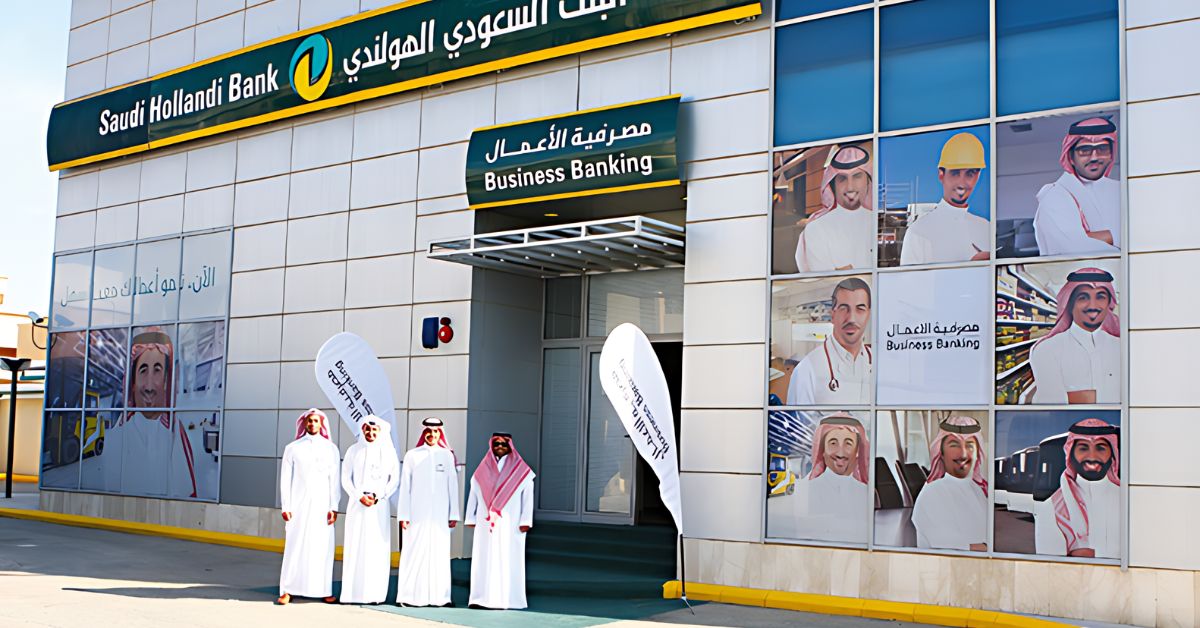RIYADH — The Saudi Arabian banking sector, a cornerstone of the country’s financial infrastructure, has experienced stability and shifts amid economic changes and evolving market conditions.
As highlighted by the latest insights from S&P Global, the sector’s growth trajectory, liquidity dynamics, and exposure to various risks are critical focal points shaping its outlook.
Despite facing headwinds such as high interest rates and liquidity challenges, the Saudi banking sector exhibited resilience, stabilizing credit growth at 10 percent in 2023, according to a report released by S&P Global. However, projections suggest a slight decline to between 8 percent and 9 percent for the current year, primarily attributed to decreased growth in real estate loans and liquidity constraints. Nevertheless, the implementation of Vision 2030 projects is anticipated to drive corporate loan growth, bolstering economic activity amid evolving market dynamics.
Liquidity Concerns and Financing Needs
While the government and related entities continue to inject deposits into the banking system to support credit growth, there are concerns regarding the sustainability of liquidity levels and the need for external financing.
As the financing requirements for Vision 2030 projects escalate, reliance on domestic and international capital markets becomes increasingly significant. The report underscores the importance of diversifying funding sources to sustain growth and meet long-term investment objectives.
Asset Quality and Profitability
Despite challenges, asset quality indicators have largely stabilized, supported by systematic measures and prudent lending practices. While high interest rates may impact corporate creditworthiness, Saudi banks are positioned to maintain profitability, with return on assets projected to stabilize at 2.2 percent.
Additionally, robust capitalization and prudent dividend policies underscore the sector’s resilience and the ability to weather market fluctuations.
Navigating Transition Risks and Sustainability
As global markets shift towards sustainability, Saudi banks face evolving risks related to the energy transition and environmental factors. While direct exposure to energy transition risks remains limited, indirect exposure underscores the interconnectedness of sectors and the need for a sustainable banking strategy.
Embracing sustainability enhances resilience and attracts investor interest, which is crucial for accessing global capital and financing ambitious developmental agendas.
Credit Ratings and Future Outlook
Despite stable credit ratings for most Saudi banks, geopolitical risks and oil price fluctuations pose potential threats.
However, economic and sectoral risk trends are expected to stabilize, offering a favorable outlook for the banking sector.
Moving forward, proactive risk management, strategic diversification, and a focus on sustainability will be pivotal in navigating uncertainties and seizing opportunities for growth and stability.

2024 Risks
S&P Global Credit Ratings predicts that GCC banks will see high profitability and expansion potential in 2024. However, it also warns that these banks face three risks compared to their peers in other emerging economies:
1.Geopolitical Tensions
With Israel’s war on Gaza and proxy wars spreading across more and more territory, the geopolitical situation is deteriorating, posing the biggest threat to GCC banks. This could lead to further escalation.
The financial system’s stability might remain unaffected, but optimism, investment, and capital flows could suffer. In most cases, local governments and banking systems have substantial interests abroad, which allows them to absorb or balance out any large outflows of foreign funding, according to S&P.
2.Property Valuation
A potential slowdown in growth and a fall in asset quality, possibly signaled by an anticipated correction in Dubai residential property prices and an increase in the supply of unoccupied commercial space, presents a concern for GCC banks. Despite this, the percentage of mortgage holders in the region remains low. Nevertheless, the organization stated that the industry had faced significant challenges due to the COVID-19 outbreak.
3.High-Risk Countries
The agency estimates the assets of GCC banks in Turkey and Egypt to be US$160 billion. If these branches fail and their parent banks do not support them, Gulf banks in Turkey could lose over half of their net profits due to losses in Turkey, and banks in Egypt could lose approximately a quarter of their net earnings due to losses in Egypt.
Conclusion
The Saudi banking sector stands at a critical juncture, characterized by resilience amid challenges and opportunities for sustainable growth.
As the Kingdom continues its economic diversification and transformation journey, the banking sector’s role in financing Vision 2030 projects and fostering financial stability remains paramount. By embracing innovation, managing risks effectively, and aligning with global sustainability trends, Saudi banks can navigate the evolving landscape and contribute to the Kingdom’s long-term prosperity.







